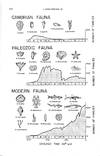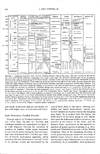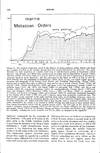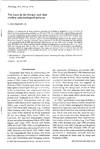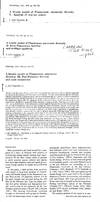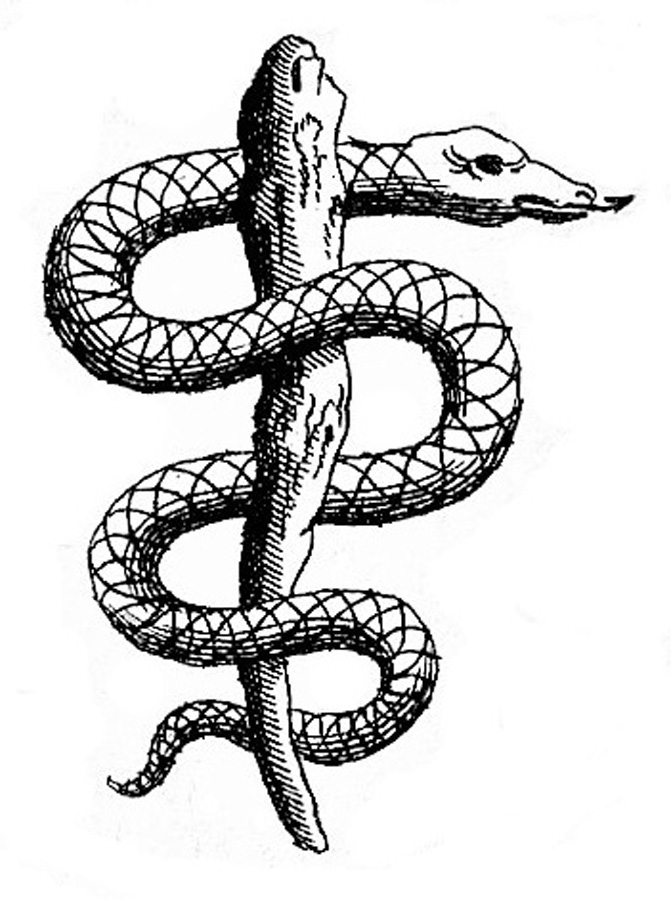first edition Printed paper covers
1978, 1979, 1984, 1988, 1993
by Sepkoski, John J. Jr.
1978, 1979, 1984, 1988, 1993. First editions.
SCARCE KEY PAPERS BY PIONEERING AMERICAN PALEONTOLOGIST.
Five journal articles: 1-3 (1978-1984) offprints and 4,5 (1988, 1993) extracts from original issues. Unmarked except for pen notation, "Cambrian time scale p 226" to cover of 1979 paper. Very good.
J. JOHN SEPKOSKI JR. (1948-1999) received his PhD from Harvard under the mentorship of Stephen Jay Gould. After 4 years on the faculty of the University of Rochester, he devoted the rest of his short career to the University of Chicago. He developed a kinetic model, extrapolated back into geological time and considered on a global scale, predicted (truncated)
SCARCE KEY PAPERS BY PIONEERING AMERICAN PALEONTOLOGIST.
Five journal articles: 1-3 (1978-1984) offprints and 4,5 (1988, 1993) extracts from original issues. Unmarked except for pen notation, "Cambrian time scale p 226" to cover of 1979 paper. Very good.
J. JOHN SEPKOSKI JR. (1948-1999) received his PhD from Harvard under the mentorship of Stephen Jay Gould. After 4 years on the faculty of the University of Rochester, he devoted the rest of his short career to the University of Chicago. He developed a kinetic model, extrapolated back into geological time and considered on a global scale, predicted (truncated)

